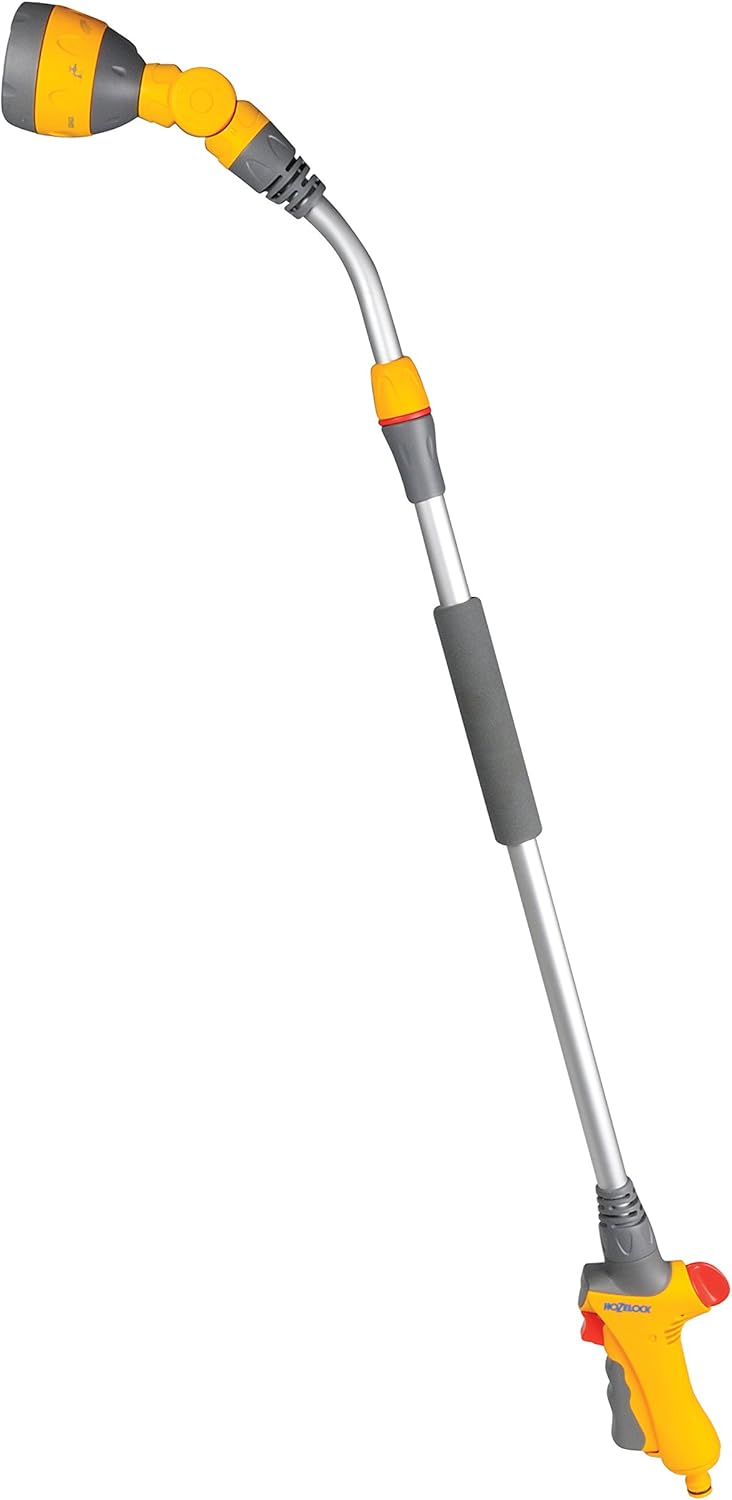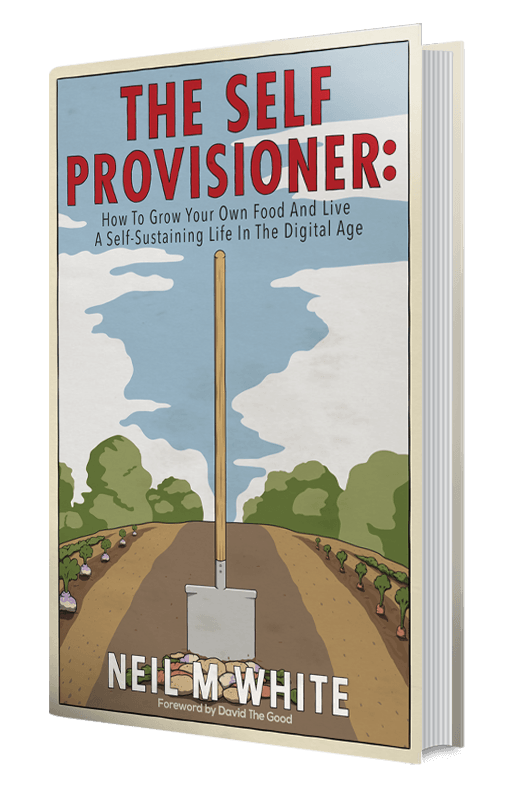What is the best watering can for a small garden or allotment?
What is the best type of watering system for a small garden or allotment? That’s an important question to ask for anyone who has just started doing a bit more gardening or taken over an allotment – what type of watering can to use.
There are so many watering cans out there on the market. But which type is right for your and your budget. Can you just pick up a cheap plastic one from the hardware store. Or should you invest your money in something more durable and long lasting?
For the small garden or allotment, there are four main options. So what is the best watering can for a small garden or allotment?

1. The Cheapo Plastic Watering Can
Bought for a few pounds (or dollars if you live in a colony) these are cheap, cheerful and not particularly pretty. Which is also what my dating profile would say if I was ever suddenly single.
My main watering can is a plastic number that I inherited when I moved house from the previous owner. Clearly the can was so ugly that he couldn’t bear to take it with him to his next place. It didn’t have a rose (the bit at the end with the holes in it) so I bought an inexpensive one from my local garden centre. It’s done me well.
Disadvantages: Apart from aesthetics, the flow of water is difficult to control at times which can damage young plants. Also multiple trips to the stand pipe are not much fun in hot weather, especially if the pipe is some distance from your flowers or vegetable.

2. The High End Galvanised Can
If you want to use the Lamborghini of watering cans then look no further than the pure excellence and durability of the traditional metal watering can.
Built from quality materials and designed to last a lifetime, these are not so much a watering system for your small garden but a statement of intent. If you want that ‘Beatrix Potter is my Homegirl’ look then a metal galvanised watering can is for you.

There are a couple of drawbacks. Firstly the cost. A good quality can is going to set you back £50-£60 ($75+). That’s a big outlay for something that basically sprinkles water on your veggies.
Secondly, do not (and I meant this because I’ve done it) be tempted to buy a cheap one. You will drop it, it will leak and break itself and your heart so you won’t be able to even consider making it into a novelty planter. Spend the money or don’t. But don’t buy cheap.
3. The Watering Lance
I’m going to level with you. This isn’t actually a watering can. So it maybe shouldn’t have a place in an article about ‘the best watering can for a small garden’. But it does do a similar (possibly better) job to a watering can. Attach it on to the end of your hose and BAM!
You have a mini shower head on the end of a stick which you can give your plants a right good drench.

Advantages? The lance is the sniper rifles of watering systems: targeted, efficient and deadly (ok, not deadly). It puts water right where you need it – the base of the plant where the roots are. This saves you water and time both of which are valuable commodities in a post apocalyptic world.
Disadvantages: You’ll need a hose long enough to reach from your standpipe to your veggies or flowers. And if there are hosepipe bans or your water has been cut off because of the impending alien invasion, then you’re out of luck.
4. The Fertigation Bucket
We’ve gone from cheap to expensive to sniper rifle. And now we’re going to try the ‘world is ending but I’m too lazy to wander around my garden with a watering can so I’m using this cheap but targeted way to feed and water my plants.’ approach.
The fertigation bucket (and idea from Steve Solomon who is one of the main international authorities on survival gardening and in part inspired me to get back to food growing) is a simple contraption:
Get a plastic bucket and drill a small hole in the side close to the bottom. Place the bucket next to the plant your want to feed and water. Then fill the bucket with liquid fertiliser (my ‘special blend‘ works for this) and water.
The liquid feed drips out gradually while you go about doing other things, moving the bucket every so often. Refill and repeat.
Advantages: The cost is near zero. An old bucket and some of your own wee is all you need.
Disadvantages: Your neighbours will think you’re mental peeing in a bucket and leaving it next to your cabbage plants.
If you are thinking more about growing your own food (as well as the best watering can for a small garden) then my new book The Self Provisioner is what you need. It’s available on a range of formats but most people buy it from Amazon:

